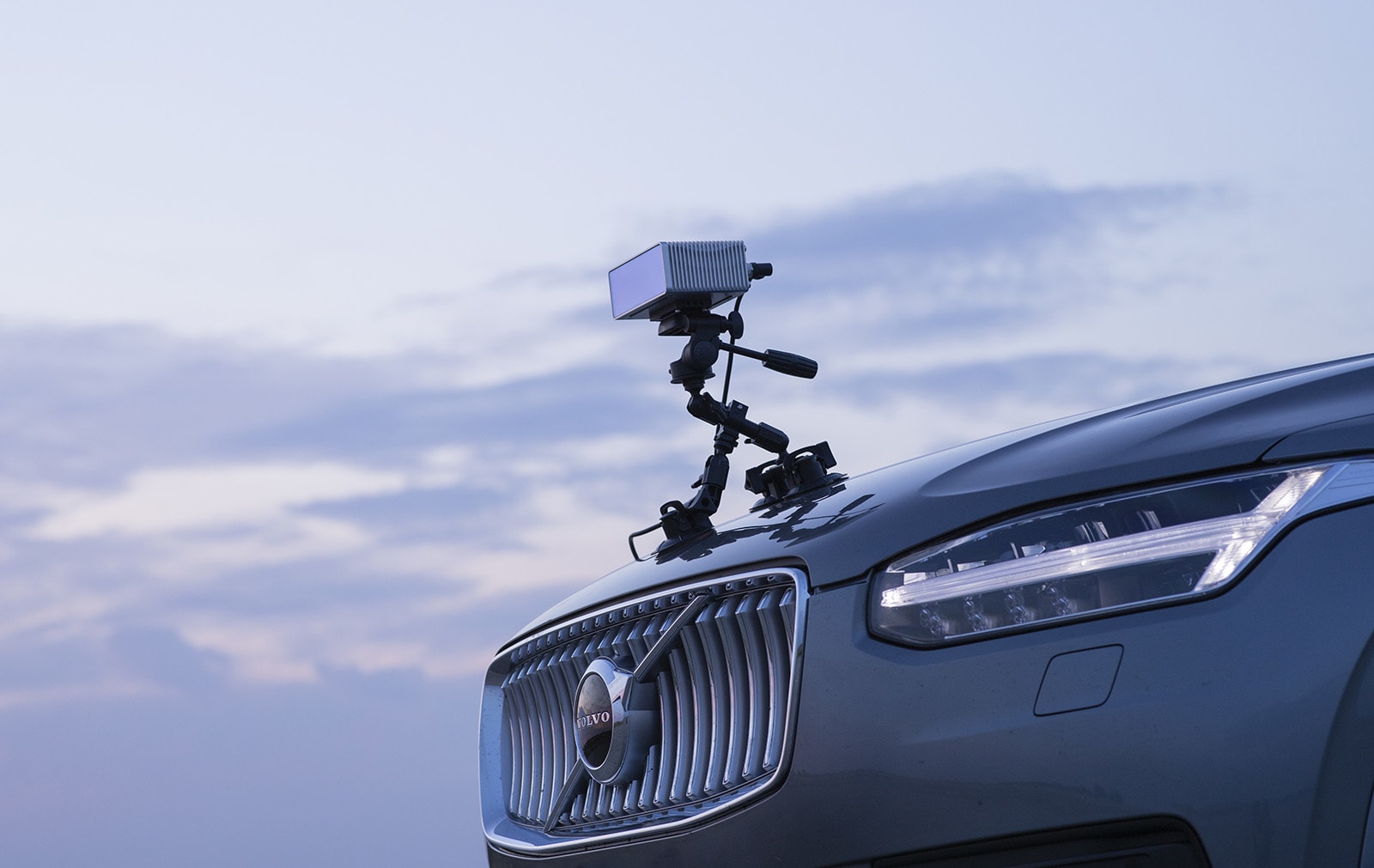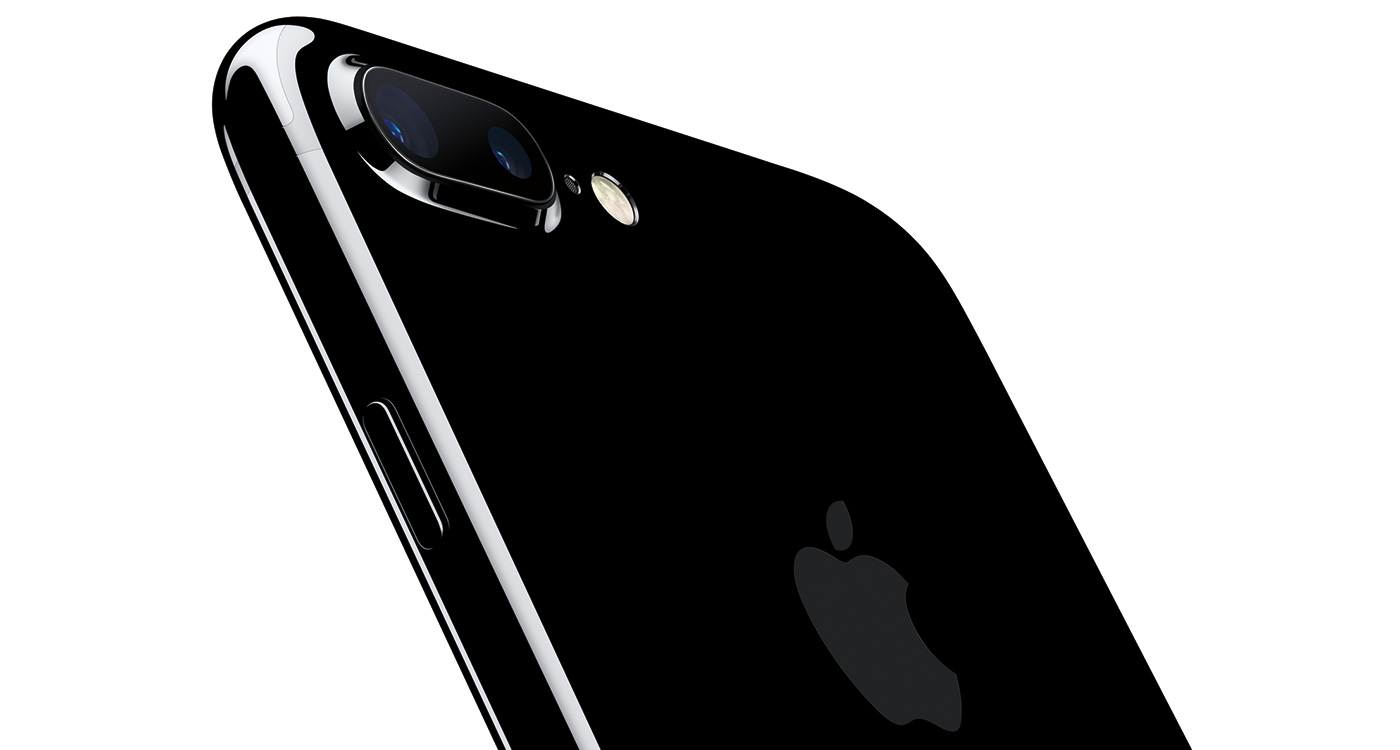
Earlier this year, a group of enterprising students from the University of Texas unveiled the Lynx A 3D camera and asked for money to fund its construction on Kickstarter. Since then, they've soared past their funding goal of $50,000, and are getting ready to ship out their first set of cameras. Today at DEMO Mobile SF, we finally got to see a prototype unit for ourselves and watch it scan someone's head in real-time. For the uninitiated, the Lynx A is billed as a point-and-shoot 3D camera that uses Kinect-esque hardware to obtain depth mapping and imaging info from your surroundings. Using GPU computing power and some custom code, it turns that data into 3D scene and object models or motion capture, and it displays the finished models on its 14-inch screen a minute or two after it's finished recording -- all for $1,799.
The Lynx A we witnessed working in person today was a prototype unit, so fit and finish were far from being retail ready, as wide gaps and exposed screws abounded. Lynx assured us that the units going out to its backers will not only have a more polished appearance, but also be six times more accurate and 30 percent smaller due to newer hardware components. Despite the prototype's rough appearance, the modeling process went off without a hitch. It was able to scan 2/3 of a human head in about a minute and within a couple minutes more it was displaying a 3D model ready to be manipulated and printed out by a Replicator or a Form 1. Don't believe us? See for yourself in the video after the break.
Filed under: Cameras, Tablets
Comments
 Outsight, a new company co-founded by former Withings CEO Cedric Hutchings, has unveiled a self-driving car camera with new types of sensing powers. The company's 3D Semantic Camera uses low-power shortwave infrared (SWIR) lasers that can scan hundre...
Outsight, a new company co-founded by former Withings CEO Cedric Hutchings, has unveiled a self-driving car camera with new types of sensing powers. The company's 3D Semantic Camera uses low-power shortwave infrared (SWIR) lasers that can scan hundre...
 Outsight, a new company co-founded by former Withings CEO Cedric Hutchings, has unveiled a self-driving car camera with new types of sensing powers. The company's 3D Semantic Camera uses low-power shortwave infrared (SWIR) lasers that can scan hundre...
Outsight, a new company co-founded by former Withings CEO Cedric Hutchings, has unveiled a self-driving car camera with new types of sensing powers. The company's 3D Semantic Camera uses low-power shortwave infrared (SWIR) lasers that can scan hundre...
 With the recent launches of the iPhone 7 Plus and the LG V20, the dual-lens smartphone camera is once again a hot topic. Of course, many other companies will want to remind you that they were there first, except some have long since given up on the t...
With the recent launches of the iPhone 7 Plus and the LG V20, the dual-lens smartphone camera is once again a hot topic. Of course, many other companies will want to remind you that they were there first, except some have long since given up on the t...
 Many 3D cameras and scanners produce rough images, especially as they get smaller and cheaper. You often need a big laser scanner just to get reasonably accurate results. If MIT researchers have their way, though, even your smartphone could capture...
Many 3D cameras and scanners produce rough images, especially as they get smaller and cheaper. You often need a big laser scanner just to get reasonably accurate results. If MIT researchers have their way, though, even your smartphone could capture...
















